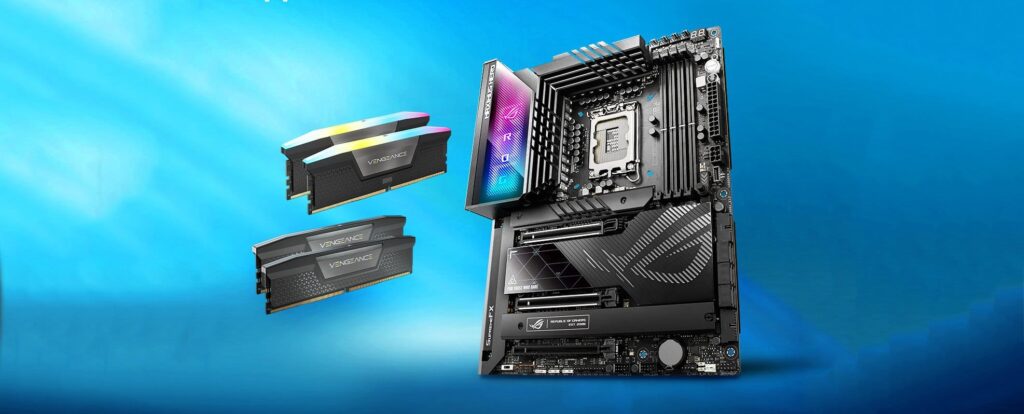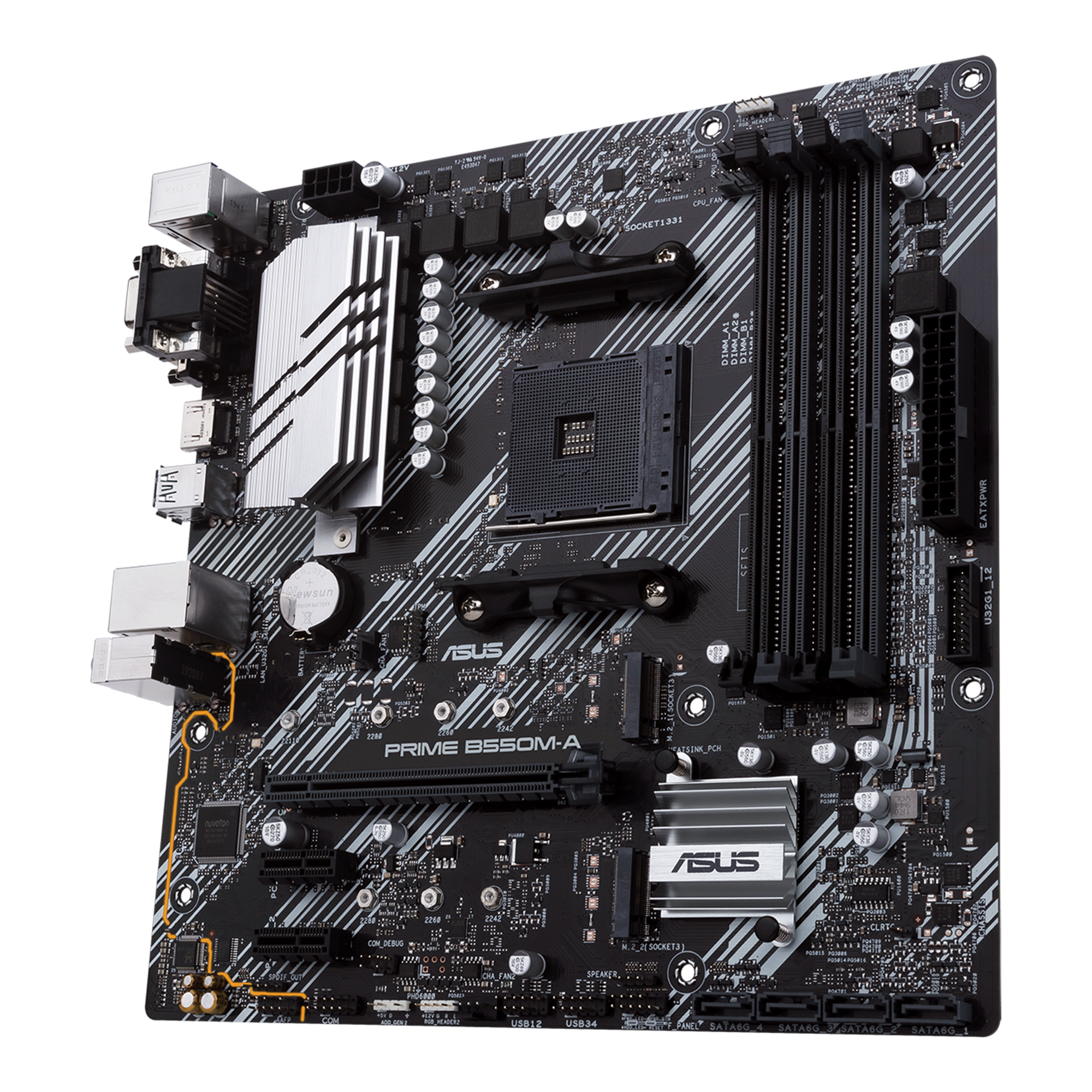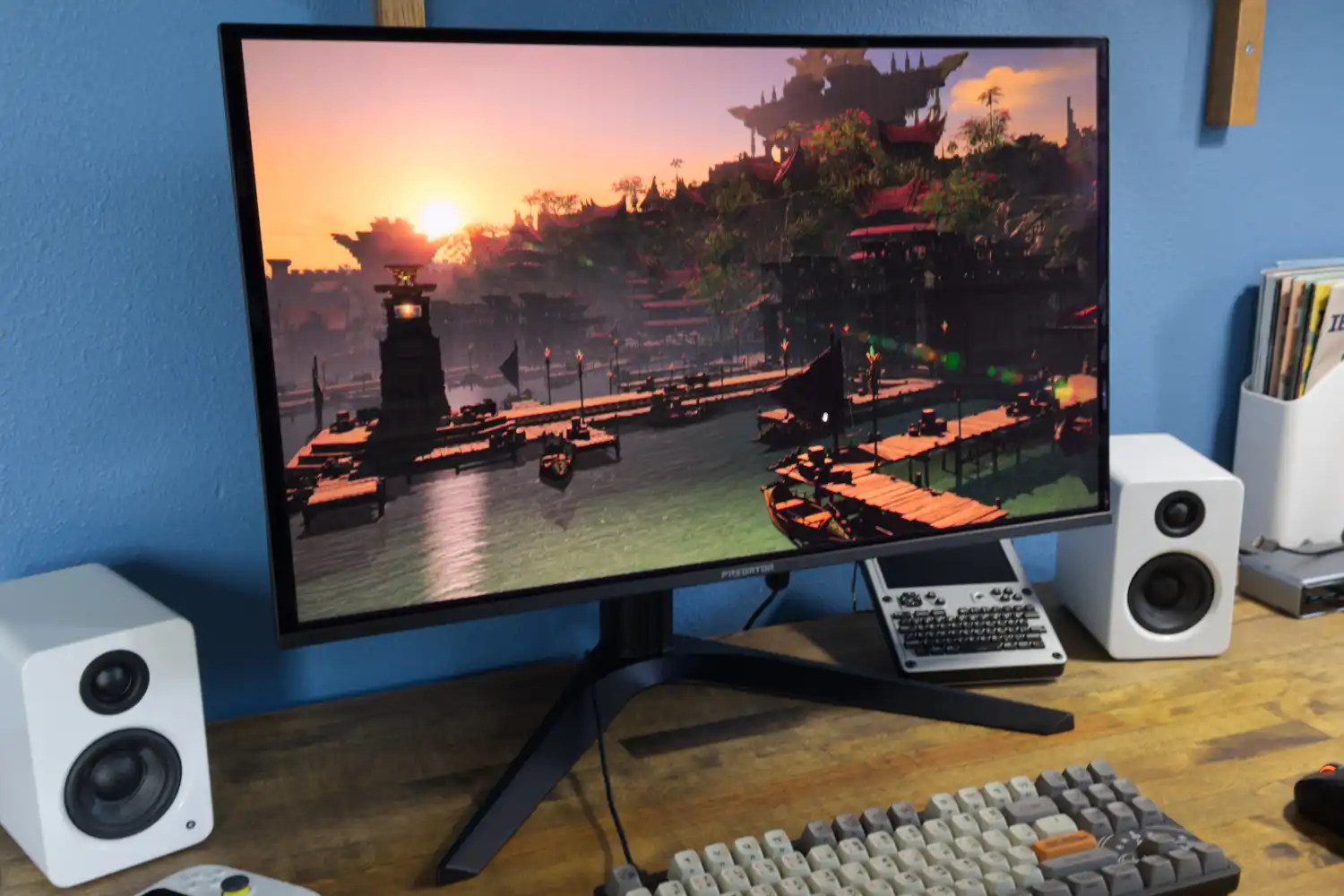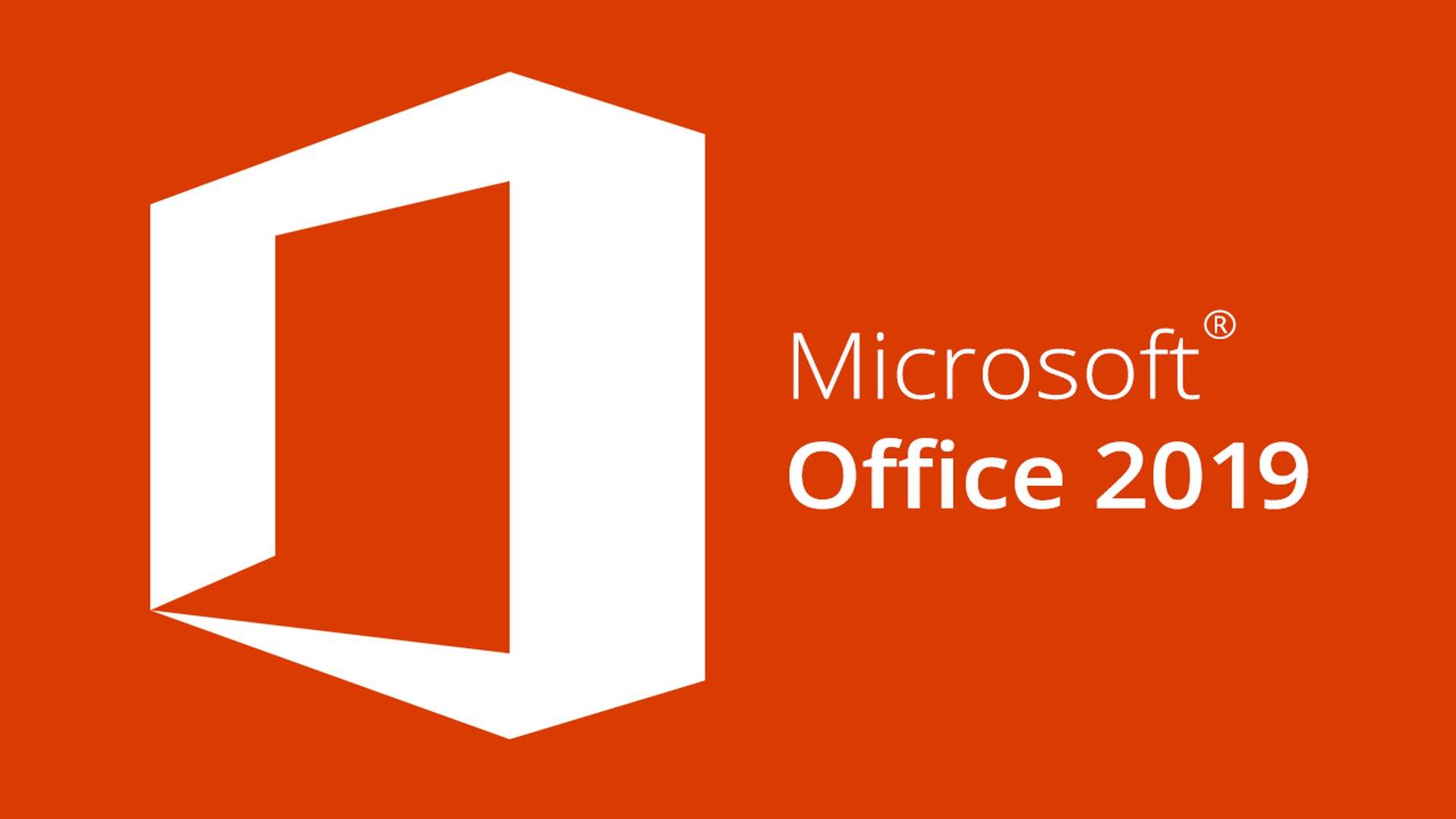
At CES 2024, amidst the bustling Asus booth, I stumbled upon a seemingly simple yet mind-blowing motherboard innovation that left me questioning how it had eluded the tech scene until now. This revelation centered around a common but often overlooked concern: ensuring the proper seating of your PC’s RAM. As any seasoned PC builder can attest, and novices may learn the hard way, improperly seated memory modules can trigger a myriad of pesky issues, often challenging to detect in real-time. To exacerbate matters, troubleshooting such problems becomes a major headache, particularly when dealing with certain CPU coolers that obstruct easy access to the RAM slots.
In a conversation with Asus PR manager Juan Jose Guerrero, I learned that a substantial number of support calls received by the company could be traced back to this seemingly mundane yet irksome issue. In response, Asus decided to confront this challenge head-on with its new Z790 motherboards. The ingenious solution: a diminutive orange LED indicator adjacent to the DIMM slots on the motherboard. This LED detects the presence of memory modules and, if they are not fully inserted, remains illuminated. Conversely, if all is well, the LED remains disabled, offering a quick visual confirmation of proper RAM insertion. Notably, when inserting a dual-channel memory kit into a quad-channel build, the LED intelligently references the two primary DIMM slots.
Reflecting on the countless hours and moments of frustration spent disassembling past DIY ventures, I couldn’t help but marvel at the simplicity and effectiveness of this now-no-brainer feature. The question lingered: Why hadn’t someone thought of this sooner? The wisdom of hindsight, as they say, is indeed 20/20.
Beyond addressing RAM concerns, this tiny yet revolutionary LED light serves a dual purpose. Once your RAM is securely in place and your PC is booted, the same LED provides real-time feedback on the functioning status of your GPU, RAM, graphics card, and storage during startup—an invaluable diagnostic tool. This unassuming LED, it turns out, is a true champion in simplifying the user experience.
Moreover, this innovative feature harmonizes seamlessly with other quality-of-life enhancements that Asus has incorporated into its Z790 motherboard lineup. Notable mentions include a PCIe quick-release button and a “Q-Latch” mechanism designed to secure M.2 SSDs without the need for additional tools. These enhancements collectively define a new standard in user-friendly motherboard design, and they are present across every Asus Z790 refresh ROG and TUF motherboard announced since the last Computex. My firsthand encounter with this technology in action compelled me to share the excitement, as it undeniably elevates the PC building experience.




